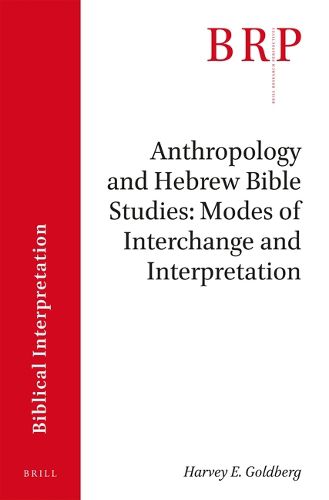Readings Newsletter
Become a Readings Member to make your shopping experience even easier.
Sign in or sign up for free!
You’re not far away from qualifying for FREE standard shipping within Australia
You’ve qualified for FREE standard shipping within Australia
The cart is loading…






Interchange between anthropology and biblical scholarship began because of perceived similarities between simpler societies and practices appearing in the Hebrew Bible. After some disengagement when anthropologists turned mainly to ethnographic fieldwork, new cross-disciplinary possibilities opened up when structuralism emerged in anthropology. Ritual and mythology were major topics receiving attention, and some biblical scholars partially adopted structuralist methods. In addition, anthropological research extended to complex societies and also had an impact upon historical studies. Modes of interpretation developed that reflected holistic perspectives along with a sensibility to ethnographic detail. This essay illustrates these trends in regard to rituals and to notions of purity in the Hebrew Bible, as well as to the place of literacy in Israelite society and culture. After discussing these themes, three examples of structuralist-inspired analysis are presented which in different ways take into account historical and literacy-based facets of the Bible.
$9.00 standard shipping within Australia
FREE standard shipping within Australia for orders over $100.00
Express & International shipping calculated at checkout
Interchange between anthropology and biblical scholarship began because of perceived similarities between simpler societies and practices appearing in the Hebrew Bible. After some disengagement when anthropologists turned mainly to ethnographic fieldwork, new cross-disciplinary possibilities opened up when structuralism emerged in anthropology. Ritual and mythology were major topics receiving attention, and some biblical scholars partially adopted structuralist methods. In addition, anthropological research extended to complex societies and also had an impact upon historical studies. Modes of interpretation developed that reflected holistic perspectives along with a sensibility to ethnographic detail. This essay illustrates these trends in regard to rituals and to notions of purity in the Hebrew Bible, as well as to the place of literacy in Israelite society and culture. After discussing these themes, three examples of structuralist-inspired analysis are presented which in different ways take into account historical and literacy-based facets of the Bible.